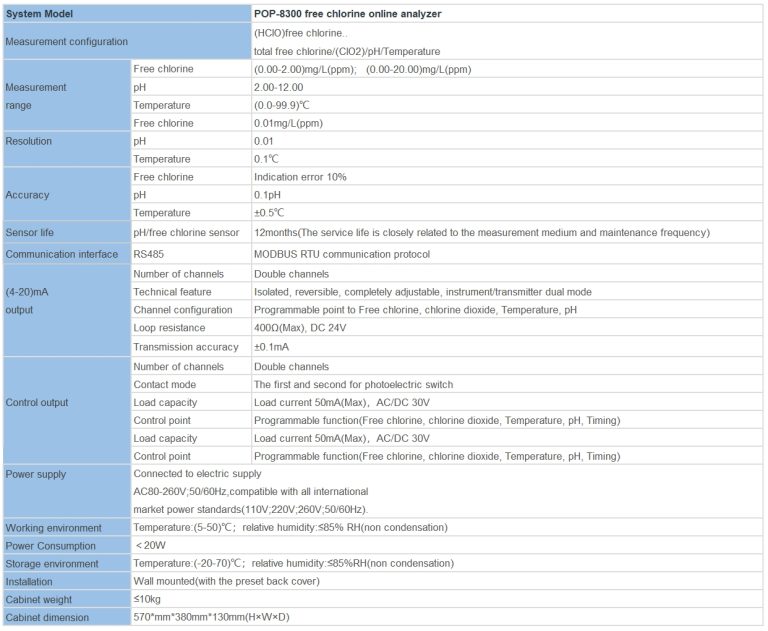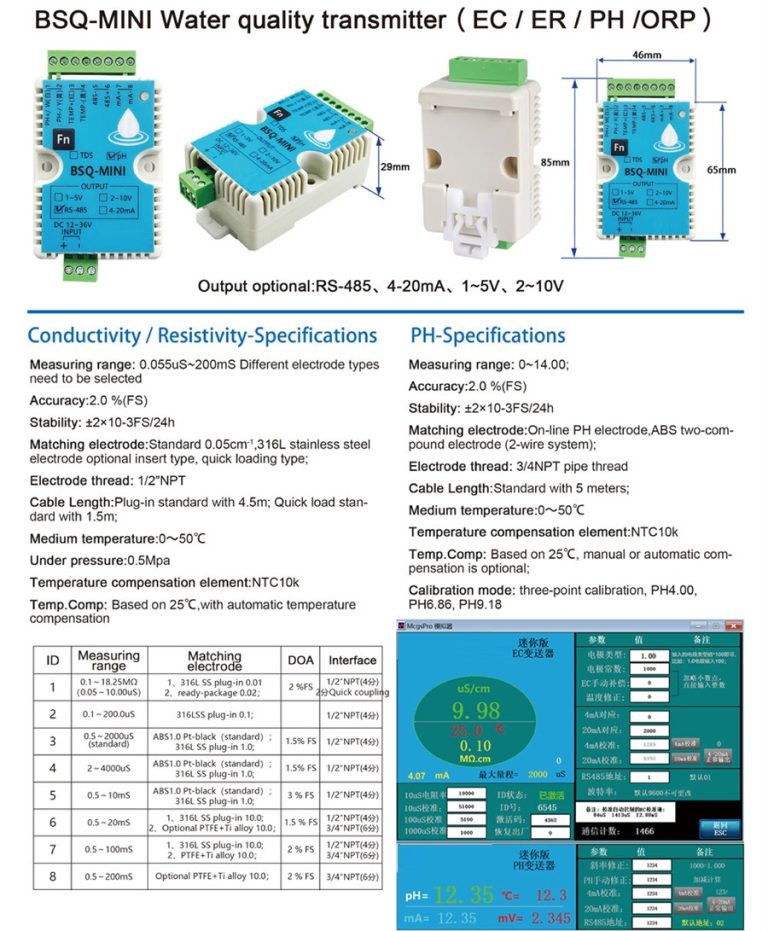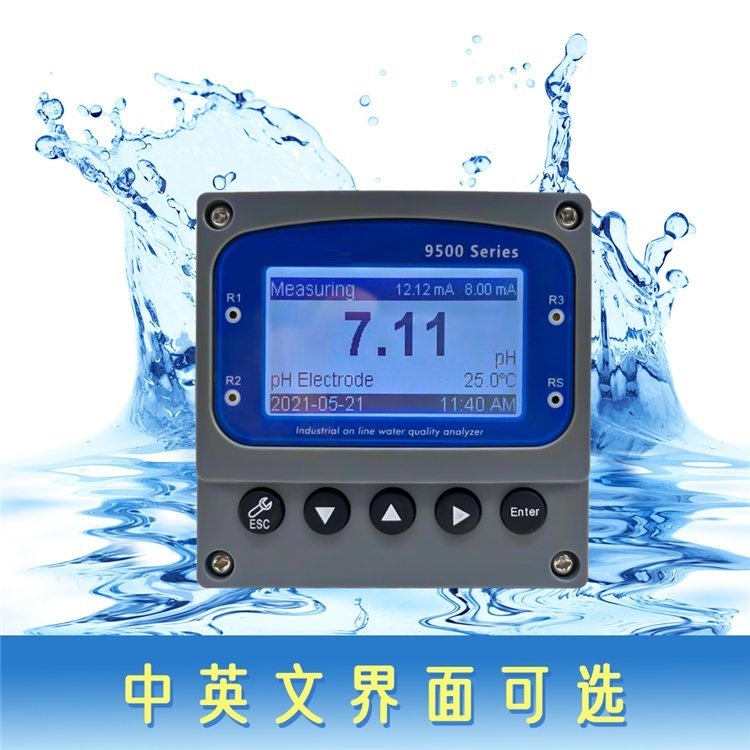Table of Contents
Identifying Common Odors in Water Quality Testing
Water quality testing is an essential process that helps ensure the safety and purity of our drinking water. One important aspect of water quality testing is identifying common odors that may indicate potential contamination or other issues with the water supply. By understanding the different odors that can be present in water, water quality professionals can take appropriate measures to address any problems and protect public health.
| Product Model | DOF-6310 (DOF-6141) |
| Product Name | Dissolved oxygen data collection terminal |
| Measuring Method | Fluorescence Method |
| Measurement range | 0-20mg/L |
| Accuracy | ±0.3mg/L |
| Resolution | 0.01mg/L |
| Response time | 90s |
| Repeatibility | 5%RS |
| Temperature compensation | 0-60.0℃ Accuracy:±0.5℃ |
| Air pressure compensation | 300-1100hPa |
| Stand pressure | 0.3Mpa |
| Communication | RS485 MODBUS-RTU standard protocol |
| Power | DC(9-28)V |
| Power comsuption | <2W |
| Operational envrionment | Temperature:(0-50)℃ |
| Storage Environment | Temperature:(-10-60)℃; Humidity:≤95%RH(None condensation) |
| Installation | Submerged |
| Protection Level | IP68 |
| Weight | 1.5Kg(with 10m cable) |
One of the most common odors found in water quality testing is a musty or earthy smell. This odor is often caused by the presence of algae or other organic matter in the water supply. While algae itself is not harmful, it can produce compounds that give off a musty odor. In some cases, this odor may also be caused by decaying vegetation or other organic material in the water.
Another common odor in water quality testing is a chlorine-like smell. Chlorine is commonly used as a disinfectant in water treatment plants to kill harmful bacteria and other pathogens. While chlorine is effective at disinfecting water, it can also produce a strong odor that some people find unpleasant. In most cases, the presence of a chlorine odor in water is not a cause for concern, as it indicates that the water has been properly treated.
A rotten egg or sulfur-like smell is another common odor that can be found in water quality testing. This odor is often caused by the presence of hydrogen sulfide gas in the water supply. Hydrogen sulfide is produced by certain types of bacteria that thrive in oxygen-deprived environments, such as deep wells or plumbing systems. While hydrogen sulfide itself is not harmful at low levels, it can give water a foul odor and taste.
A metallic or copper-like smell is also a common odor in water quality testing. This odor is often caused by the presence of metals such as iron, manganese, or copper in the water supply. These metals can leach into the water from pipes, fittings, or other sources, giving the water a metallic taste and smell. While these metals are not typically harmful at low levels, they can affect the taste and odor of the water.
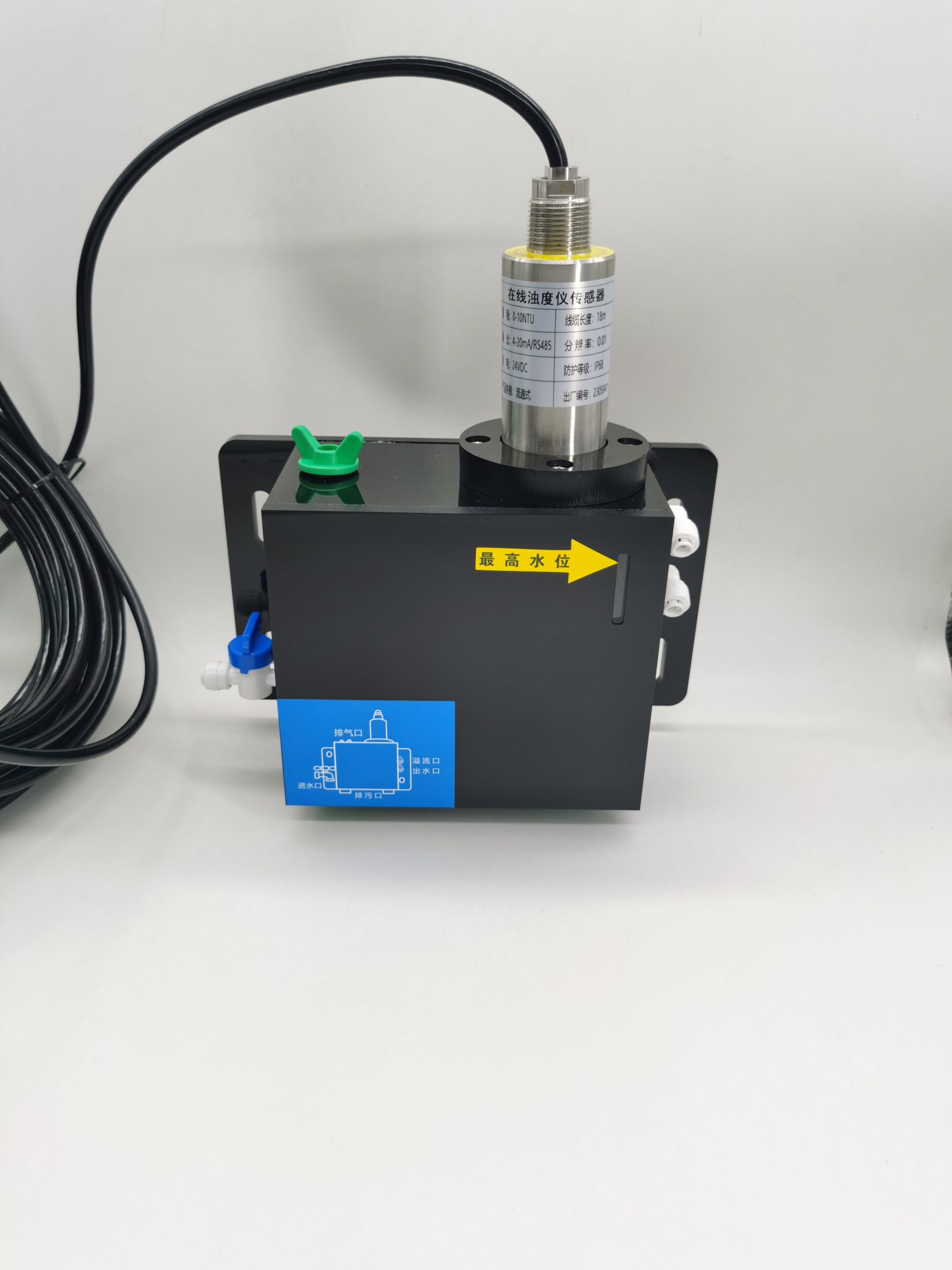
In some cases, water may have a fishy or earthy smell, which can be caused by the presence of geosmin or 2-methylisoborneol (MIB) compounds. These compounds are produced by certain types of algae and bacteria in water sources, and can give water a musty or fishy odor. While geosmin and MIB are not harmful at low levels, they can affect the taste and smell of the water.
In conclusion, identifying common odors in water quality testing is an important part of ensuring the safety and purity of our drinking water. By understanding the different odors that can be present in water, water quality professionals can take appropriate measures to address any problems and protect public health. If you notice any unusual odors in your water supply, it is important to contact your local water utility or a water quality professional for further testing and analysis. By working together to identify and address odors in water, we can help ensure that our drinking water remains safe and clean for all.
How to Address and Remediate Foul Odors in Water Quality Testing
Water quality testing is a crucial aspect of ensuring the safety and purity of our drinking water. One common issue that can arise during water quality testing is the presence of foul odors. These odors can be indicative of various contaminants or pollutants in the water, and addressing them promptly is essential to maintaining the integrity of the water supply.
| ROC-2315 ro controller instruction (220V) | |||
| Model | ROC-2315 | ||
| Single detection | Dry Contact input | Raw water no water protection | |
| (six channels) | Low-pressure protection | ||
| High-pressure protection | |||
| Pure water tank high level | |||
| External control mode signal | |||
| Running reset | |||
| Control port | Dry Contact output | Raw water pump | SPST-NO low capacity : AC220V/3A Max ;AC110V/5A Max |
| (five channels) | Inlet valve | ||
| High pressure pump | |||
| Flush valve | |||
| Conductivity over-limit drainge valve | |||
| Measurement detection point | Product water conductivity and with Automatic Temperature compensation (0~50)℃ | ||
| Measurement range | Conductivity : 0.1~200μS/cm/1~2000μS/cm/10~999μS/cm (with different conductivity sensor ) | ||
| Product water temp. : 0~50℃ | |||
| Accuracy | 1.5 level | ||
| Power supply | AC220V (±10%) , 50/60Hz | ||
| Working environment | Temperature:(0~50)℃ ; | ||
| Relative Humidity :≤85%RH (no condensation ) | |||
| Dimension | 96×96×130mm( height ×width×depth) | ||
| Hole size | 91×91mm(height ×width) | ||
| Installation | Panel mounted ,fast installtion | ||
| Certification | CE | ||
When conducting water quality tests, it is important to pay attention to any unusual odors that may be present. Foul odors can be caused by a variety of factors, including the presence of bacteria, algae, or chemical pollutants in the water. Identifying the source of the odor is the first step in addressing and remediating the issue.
One common cause of foul odors in water quality testing is the presence of bacteria. Bacteria can produce unpleasant odors as they break down organic matter in the water. If bacteria are the source of the odor, it is important to disinfect the water supply to eliminate the bacteria and prevent further contamination.
Another potential cause of foul odors in water quality testing is the presence of algae. Algae blooms can produce strong, musty odors that can be detected in the water. Algae blooms are often caused by an excess of nutrients in the water, such as phosphorus and nitrogen. To address algae-related odors, it is important to reduce nutrient levels in the water and prevent future blooms from occurring.
Chemical pollutants can also contribute to foul odors in water quality testing. Chemicals such as chlorine, ammonia, and hydrogen sulfide can produce strong, unpleasant odors that can be detected in the water. If chemical pollutants are the source of the odor, it is important to identify the specific chemical causing the odor and take steps to remove it from the water supply.
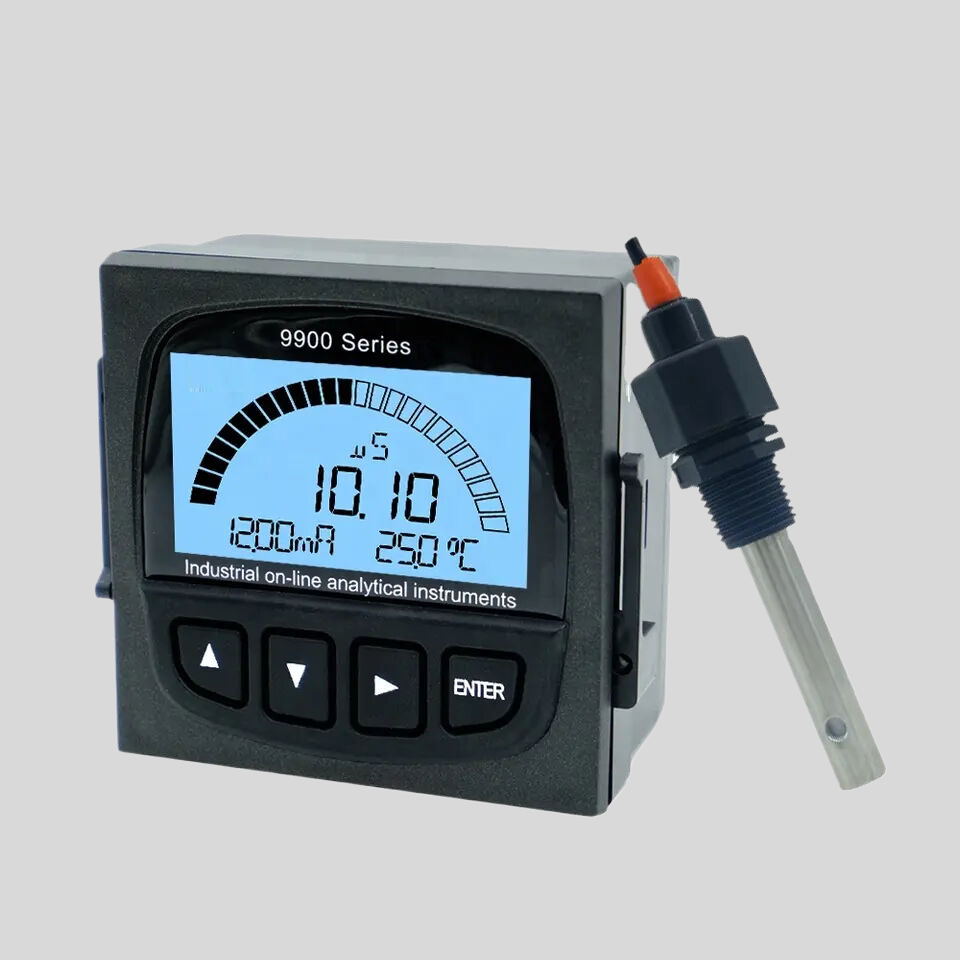
Once the source of the foul odor has been identified, it is important to take prompt action to remediate the issue. This may involve disinfecting the water supply, reducing nutrient levels, or removing chemical pollutants from the water. In some cases, it may be necessary to consult with water quality experts or environmental engineers to develop a comprehensive remediation plan.
In addition to addressing the source of the foul odor, it is important to monitor water quality regularly to ensure that the issue has been effectively remediated. Regular water quality testing can help to identify any recurring odors or contaminants in the water and allow for prompt action to be taken to address them.
In conclusion, foul odors in water quality testing can be indicative of various contaminants or pollutants in the water. Identifying the source of the odor is essential to addressing and remediating the issue effectively. By taking prompt action to disinfect the water supply, reduce nutrient levels, or remove chemical pollutants, it is possible to maintain the safety and purity of our drinking water. Regular monitoring of water quality is also important to ensure that any odors or contaminants are promptly addressed.

